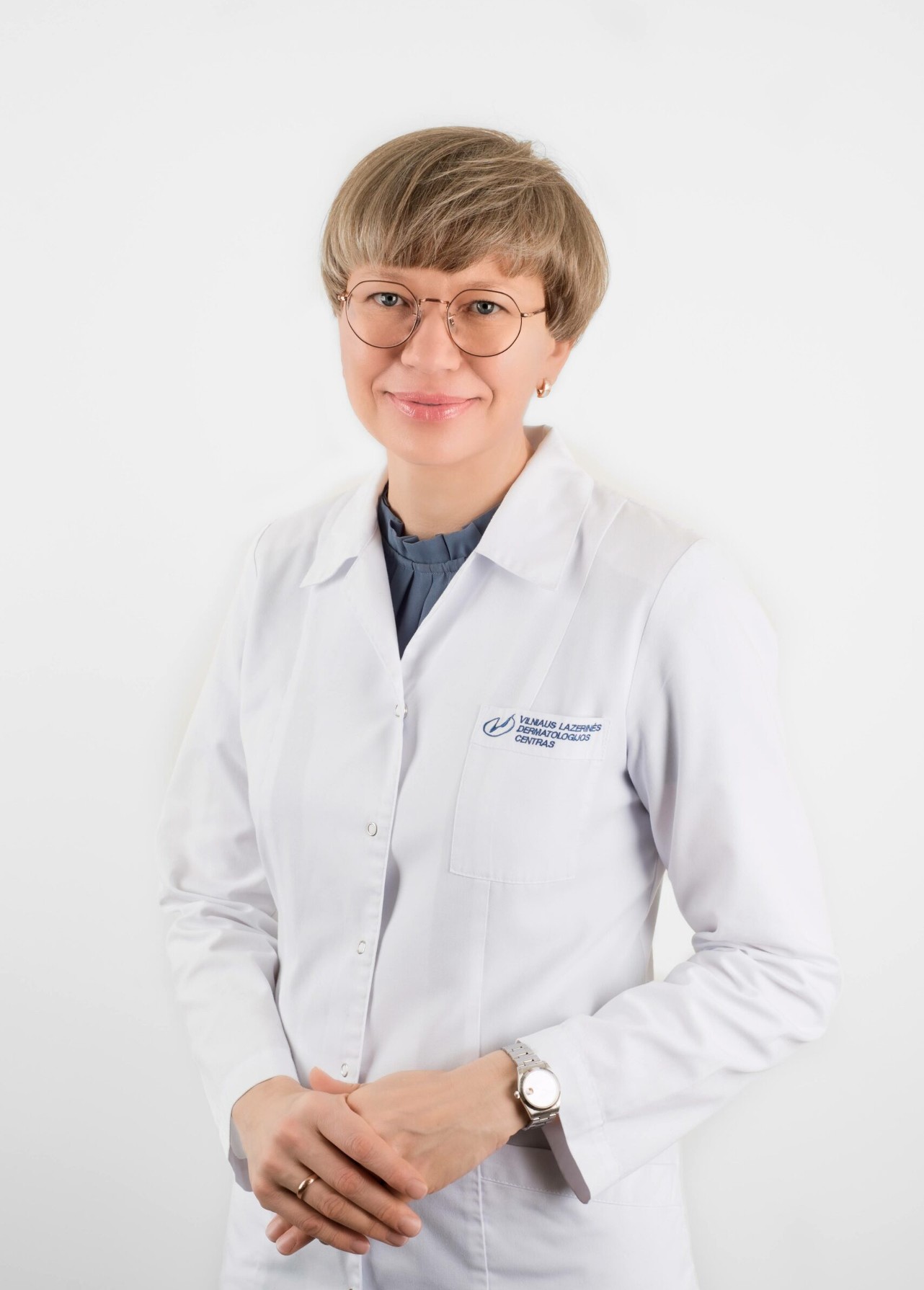Melanoma is the fastest spreading and most deadly form of skin cancer. Unfortunately, even modern medicine is powerless against advanced melanoma – there is no effective treatment for advanced disease. For example, with a tumour thickness >4 mm, only 30% of patients survive 8 years. Early diagnosis of melanoma is therefore of paramount importance – early detection of melanoma (when the tumour thickness is <1 mm) can lead to good treatment and overall prognosis. The signs of melanoma are described in the section “Melanoma”.
Early detection of aggressive melanoma is only possible if the patient himself points out the changing skin lesion at the right time and seeks immediate medical attention from a dermatologist.
However, these criteria are not sensitive enough to detect melanoma at an early stage. They have an accuracy of only 55-80% and are a highly subjective method of assessment. Therefore, other, more sophisticated and more accurate testing methods are used to diagnose melanoma:
- Dermatoscopy is a non-invasive method of examining skin lesions, which allows a close look at the structure of the skin lesion. All types of skin cancers have a distinctive architecture that can be seen on dermatoscopy. This examination allows a reliable differentiation between malignant and benign skin lesions.
- Siascopy (spectrophotometric intracutaneous analysis) is a modern, non-invasive (and therefore painless), rapid method of examining pigmented skin lesions based on the interaction of different wavelengths of light with the skin’s chromophores (melanin, haemoglobin and collagen). This method assesses skin changes as deep as 2 mm. The colour images obtained are correlated with the histological characteristics of the lesion. The siascope therefore predicts the risk of malignancy of a particular lesion, which is then used to select the removal method. The accuracy of siascopy in the diagnosis of malignant skin lesions ranges from 94 to 96%. Read more in the section “Siascopy”.
- FAV method (Fluorescence-Advanced Videodermatoscopy). The FAV method uses an opto-electronic system with a monochromatic light source with a wavelength of 405 nm (± 5nm). The optical device allows manual focusing of the image on different superficial layers of the skin.The test is performed in vivo and the optical device is directly attached to the skin. By adjusting the optical device, we can view different depths of the skin. The FAV technique allows a rapid, non-invasive (without skin damage) assessment of the status of superficial skin structures at the cellular level, providing additional information that may be relevant for the diagnosis and treatment of premalignant and malignant tumours of the skin (lentigo maligna, melanoma, epithelial malignancies). For the time being, the FAV method is only available at our centre in Vilnius. You can read more about the FAV method in the FAV method (Fluorescence-Advanced Videodermatoscopy) for the diagnosis of pigmented tumours of the skin.
The criteria used for the clinical diagnosis of melanoma are the ABCDEF rule:
The final diagnosis is confirmed (or refuted) by histological examination of the skin lesion. For more information, see the section “Morphological tests for melanoma”.
If the patient has risk factors for melanoma (see section “Melanoma” for more information), follow-up visits to assess the dynamics of the skin changes are scheduled. The frequency of follow-up visits depends on the individual risk identified. For patients with the factors listed below, a preventive mole examination is recommended at least once a year (and 2 times a year if necessary):
- Family history of melanoma
- Presence of >25 moles
- Caucasian males over the age of 50
- One or more atypical moles
- Exposure to radiation in childhood (e.g. during oncological treatment)
- Sunburn in childhood, adolescence or young adulthood (before age 30), frequent exposure to the sun, frequent use of a solarium
- Immunosuppressive conditions
- Light pigmented skin type
It is also recommended that you examine your own moles once a month according to the ABCDEF rule and if you notice any changes, you should contact your dermatologist immediately. Melanoma pictures can be found in our gallery.
Melanoma is a manageable disease if detected in time, so the most important thing is not to delay.
We invite you to visit the Laser Dermatology Centre to consult our doctors about discoloured, worrying moles and other skin lesions. With the help of modern diagnostic tools at our centre, we can quickly and accurately make a diagnosis and start treatment in time.




